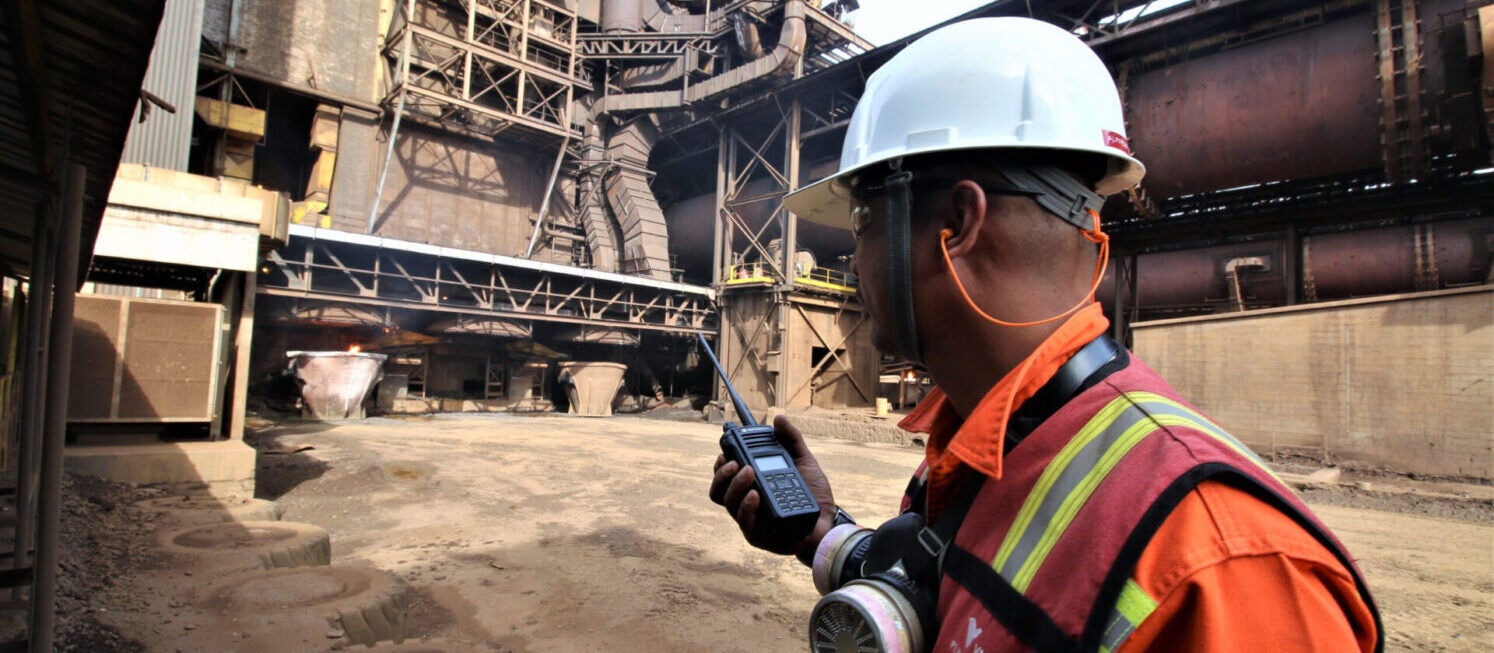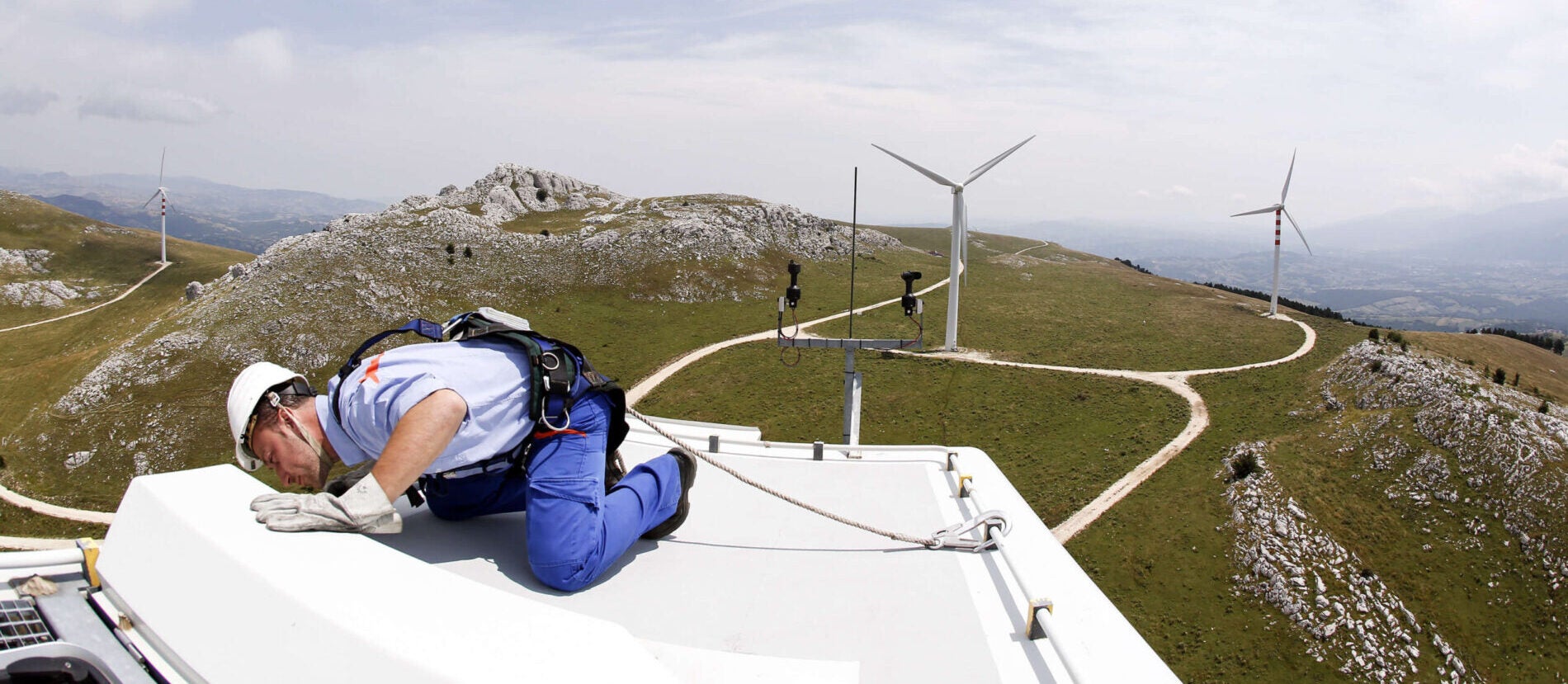The Top OSHA Green Job Hazards in Large Energy Transition Projects and How to Prevent Them
As the global push toward net-zero emissions accelerates, the green energy sector is experiencing unprecedented growth, and jobs in solar, wind, hydrogen, and battery storage sectors are booming. While these positions offer promising benefits for the future of sustainability, workers face significant safety hazards that must be proactively managed to ensure this green transition remains truly sustainable.
GET IN TOUCH
Contact us now for expert advice, an immediate quote and same-day shipping
Contact us

Communication Solutions for the Energy Industry
Effective communication solutions for the energy industry are key to ensuring that operations run smoothly and that any problems are corrected quickly should they arise.

Fall protection equipment for the energy, power and utilities industries
For Carroll Technologies, providing workers with the best fall protection equipment is a key priority.

Confined Space Safety in Power Plants
Confined spaces in power plants are often considered one of the most dangerous types of work performed in that setting. The risks have been recognized by companies and safety precautions are put in place to ensure these hazardous conditions are safer for workers.
Solar Energy: Heights, Electrocution, and Hazardous Materials
Solar energy installation is a prime example of rapid growth paired with heightened risks. Workers often install photovoltaic panels on rooftops, exposing them to severe fall hazards. The U.S. Occupational Safety and Health Administration (OSHA) highlights falls as the leading cause of death and injury in solar jobs, coupled with the risk of electric shock when connecting systems to power grids. Workers are also sometimes exposed to hazardous materials, such as cadmium telluride, used in specific solar panel types.
Prevention involves implementing strict fall protection systems, such as harnesses and guardrails, comprehensive electrical safety training, and clear protocols for handling and disposing of hazardous materials. Regular training updates and compliance checks are essential to maintaining worker safety.
Wind Energy: Extreme Heights and Confined Spaces
The wind energy sector similarly poses significant occupational hazards, especially in the maintenance and construction of massive wind turbines. Technicians frequently work at extreme heights, facing potential falls, confined spaces inside turbine nacelles, and electrical hazards such as arc flashes. Proper management of these risks demands specialized safety training, rigorous enforcement of fall protection measures, and strict lockout/tagout procedures to isolate electrical systems during maintenance.
Hydrogen Energy: Flammability and Cryogenic Burns
Hydrogen, increasingly popular as a clean energy source, introduces its unique safety challenges. Its highly flammable nature means risks of fires and explosions, particularly when stored or transported under pressure or in liquid form. Additionally, handling liquid hydrogen can result in severe cryogenic burns. To mitigate these dangers, facilities must incorporate robust ventilation systems, explosion-proof equipment, and meticulous training on emergency responses and proper handling of hydrogen in various states.
Battery Storage: Thermal Runaway and Toxic Exposure
Battery storage, essential for stabilizing renewable energy supplies, brings risks like thermal runaway, in which batteries can dangerously overheat and ignite. Workers also risk exposure to toxic substances released during battery fires, such as hydrofluoric acid. Preventing these incidents requires stringent handling protocols, regular safety drills, specialized training on battery hazards, and effective fire detection and suppression systems within storage facilities.
Skills Gap: Training for Rapid Technological Change
Finally, an underlying hazard across all green sectors is the ongoing skills gap due to rapid technological advancements outpacing available training. Inadequate training can result in improper handling of advanced systems and increased risk of accidents. Bridging this gap requires industry-wide collaboration to develop standardized, comprehensive training programs tailored specifically to emerging renewable energy technologies and roles. Certification standards can also ensure that workers attain and maintain necessary competencies.
GET IN TOUCH
Contact us now for expert advice, an immediate quote and same-day shipping
Contact us
Our guarantees
- Same-day dispatch
- 24/7 support
- Authorized repair facilities
- MSHA approved
- Endorsed by manufacturers

